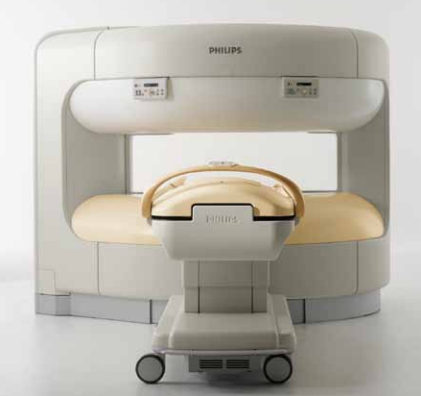
The FDA has identified this as a Class I recall, the most serious type of recall.
December 20, 2023 — According to the U.S. Food and Drug Administration (FDA), Philips North America LLC is recalling Panorama 1.0T HFO, a magnetic resonance imaging (MRI) system, due to a risk of explosion during a quench procedure caused by excessive pressure buildup of helium gas. During a quench, a large amount of helium evaporates and is vented outside the building. If an unknown blockage is present in the venting system and the pressure exceeds design limits, the structural integrity of the system could be compromised.
The FDA has identified this as a Class I recall, the most serious type of recall. Please be aware, this recall is a correction, not a product removal. Use of these devices may cause serious injuries or death.
Recalled Product
- Product Names: Panorama 1.0T HFO
- Product Codes: LNH
- Model Numbers: 781250 and 781350
- Distribution Dates: January 1, 2001 to October 1, 2016
- Devices Recalled in the U.S.: 150
- Date Initiated by Firm: November 20, 2023
Device Use
The Panorama 1.0T is a magnetic resonance (MR) system, a machine used to take different kinds of images. These images show what's inside the body and can help health care providers make a diagnosis.
Reason for Recall
Philips North America LLC is recalling the Panorama 1.0T HFO due to risk of explosion during a quench procedure caused by excessive pressure buildup of helium gas.
During a quench, which is not common, a large amount of helium evaporates and is vented outside the building through a venting system. If an unknown blockage is present in the venting system and the pressure exceeds design limits, the structural integrity of the system could be compromised. The magnet in the Panorama 1.0T HFO may experience an unintended quench during normal use or when initiated in an emergency by the operator pressing the Magnet EMERGENCY STOP button.
The use of an affected system may cause serious adverse health consequences, including chemical exposure, lack of oxygen, tissue damage, and mechanical trauma caused by debris, such as brain injury, laceration, fracture, eye injury, bruises, and death. The issue could also lead to system or property damage.
There has been one reported event of an explosion in 22 years of use. There have been no reports of injury or death.
Who May be Affected
- Health care providers who use the Panorama 1.0 system to obtain detailed pictures or measurements of the inside of the head, body, or limbs from different angles.
- People in the vicinity of the system when such an incident takes places.
What to Do
On November 20, 2023, Philips North America LLC sent all affected customers an URGENT Medical Device Correction notice.
The letter requested customers to:
- Immediately discontinue use of any impacted MR system(s).
- NOT initiate a manual quench of the magnet, unless there is an emergency.
- Post a “Do not use” notice on or near the impacted MR system(s)
- Post this notice near the affected Panorama 1.0T HFO system(s) for ease of reference.
- Circulate this notice to all users of this device so that they are aware of the product issue and associated hazard/harm until this issue has been resolved.
- Complete and return the updated customer response form to Philips no later than 30 days from receipt of this letter.
All U.S. customers will be visited by a Philips field service engineer who will inspect the system and perform corrective replacement or repairs, if necessary.
Contact Information
Customers in the U.S. with questions about this recall should contact Customer Care Solutions Center 1‐800‐722‐9377.
Additional Resources:
How do I report a problem?
Health care professionals and consumers may report adverse reactions or quality problems they experienced using these devices to MedWatch: The FDA Safety Information and Adverse Event Reporting Program using an online form, regular mail, or FAX.


 April 24, 2024
April 24, 2024 








